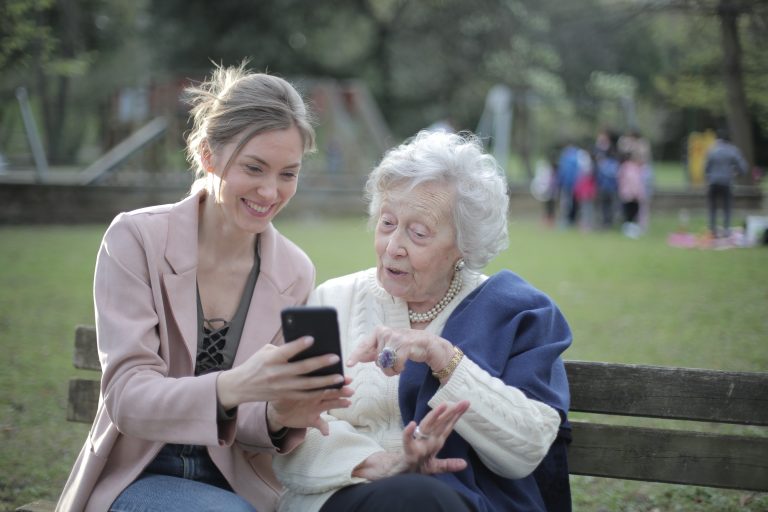
By Danielle Moore // SWNS
As the pandemic has upended our everyday lives, it’s also prompted many of us to try new ways of doing things.
That applies to America’s seniors as well, who have been making strides in using technology to improve their quality of life.
Using Zoom (34%) and video chatting with their doctor (25%) topped the list of “firsts” for American seniors during the pandemic, according to new research.
A survey of 2,000 Americans aged 65 and older also revealed that 15% of respondents used a smartphone or tablet for the first time during this period.
Conducted by OnePoll on behalf of Medtronic, the study looked at adaptations that many seniors were forced to make over the past few months.
Seventy-nine percent of respondents tried telehealth for the first time during the pandemic to help them stay home and reduce their risk of contracting COVID-19. Fifty-eight percent said they plan to use these services in the future, if given the option.
Seniors who benefited from the efficiencies of telehealth during the pandemic are now beginning to see the advantages of other high-tech remote health care options.
“The pandemic has revealed new possibilities for advanced health care technology that can adapt to our changing needs,” said Dr. Robert Kowal, Chief Medical Officer, Medtronic Cardiac Rhythm and Heart Failure.
“More people in their 70s and beyond are embracing lifesaving technologies like remote monitoring for their heart conditions,” he said. “They gain peace of mind without leaving home, and without risking exposure to COVID-19 through emergency room or hospital visits.”
Fifty-six percent of respondents said they would prefer that their doctor have regular access to information about their heart and other conditions without the need for an in-person visit.
And a full 77% of respondents who are caregivers for someone with a heart condition, in particular, would prefer to have this option.
“As telehealth and remote monitoring devices evolve – becoming more intuitive, convenient and commonplace – I expect to see increasing rates of adoption among older patients from all walks of life,” added Kowal.
The survey also revealed how the adoption of new tech practices, like telehealth, have helped seniors overcome the challenges of an uncertain time.
Isolation, loneliness and missing family (including grandchildren) were among the things that respondents identified as being the hardest part of the pandemic for them.
Yet 59% agreed that the challenges of the COVID-19 pandemic, and their ability to meet with family, have given them a sense of renewed commitment to maintaining their health.
The top telehealth services used by respondents during the pandemic included phone consults (33%), video visits (22%) and secure email (11%) with physicians or other healthcare providers.
The overwhelming majority of respondents – 89% – said they found their telehealth experience to be simple.
And 67% say that access to telehealth has given them greater peace of mind.



















